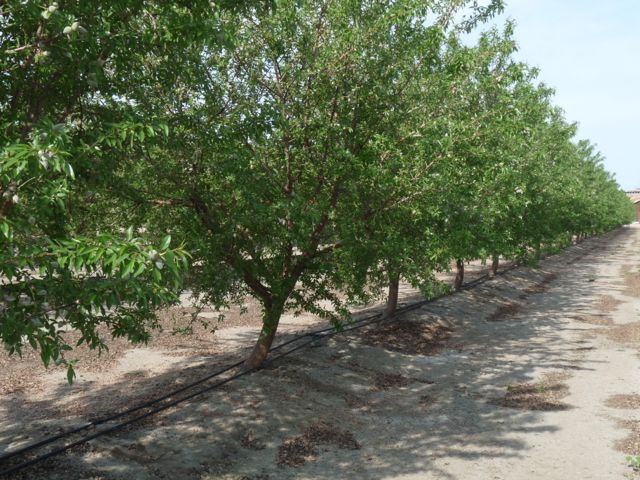Water and Nitrogen Use Research
Andre Biscaro on Water and Nitrogen Use Research
By Charmayne Hefley, Associate Editor
Many jobs exist solely for the improvement of agriculture. Andre Biscaro, agriculture and environmental issues advisor at the UC Division of Agriculture and Natural Resources, Cooperative Extension, Los Angeles and Ventura Counties said his job is to find ways to improve water and nitrogen use in fertilizing crops such as strawberries and celery.
“We’re measuring how much nitrogen the plant takes in and at what time,” Biscaro said, “so we can make more accurate recommendations for nitrogen fertilizers. It’s the same for water. We’re monitoring the crop growth of the strawberry plants—how deep the roots go and how the canopy develops—so we can make more accurate water recommendations. We’re assessing fields in Santa Maria and we are implementing the second phase here in Ventura County, Santa Maria and Watsonville.”
Biscaro is researching in strawberries and celery how to push salts in the soil beyond the root zone, the point beyond which plants will generally seek water unless they are stressed. “It’s essential to install soil moisture sensors at the end of your root system,”Biscaro said, “to make sure the soil is saturated every time you irrigate and then you need to push the water down. And it’s also really important to calculate the amount of water you’re applying because a lot of growers are irrigating without knowing how much water they are applying.”
“We calculate the leaching fraction [the portion of irrigation water that infiltrates past the root zone] based on the sensitivity of the crop to salinity and to the salinity of the water,” Biscaro explained. “And by only knowing how much water you’re applying, you can add a certain leaching fraction to your crop,” Biscaro said.




 “This trial and research actually monitors the amount of water and nitrogen we’re using and how much yield we’re getting under various best management scenarios,” Biscaro said, “and compares our practices to what the grower usually does.” Ultimately, the trial will help determine the yield of a celery field using best management practices, and how much water and nitrogen are required to achieve that yield.
“This trial and research actually monitors the amount of water and nitrogen we’re using and how much yield we’re getting under various best management scenarios,” Biscaro said, “and compares our practices to what the grower usually does.” Ultimately, the trial will help determine the yield of a celery field using best management practices, and how much water and nitrogen are required to achieve that yield.



















